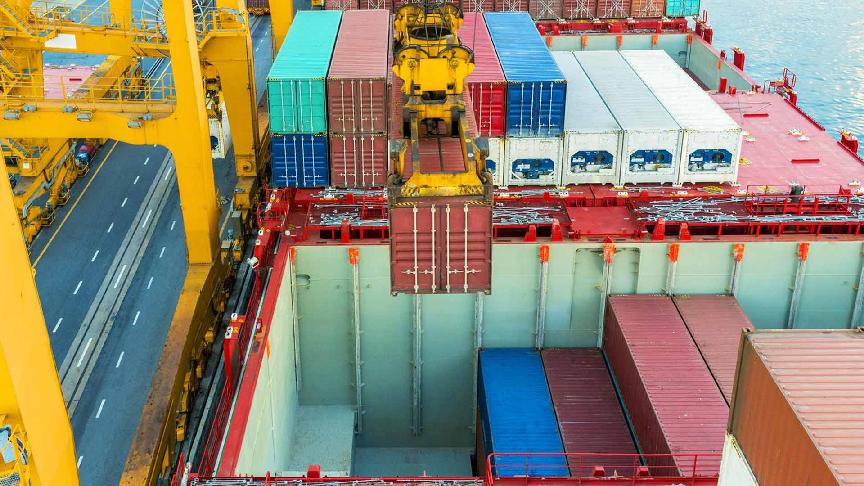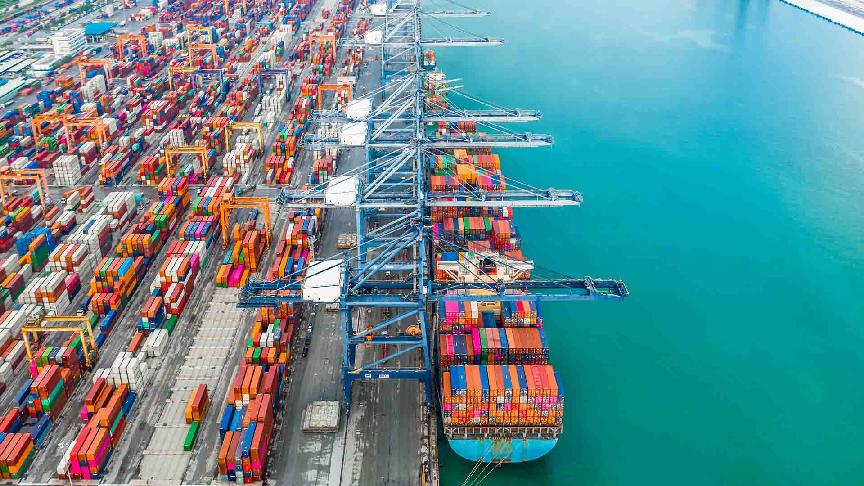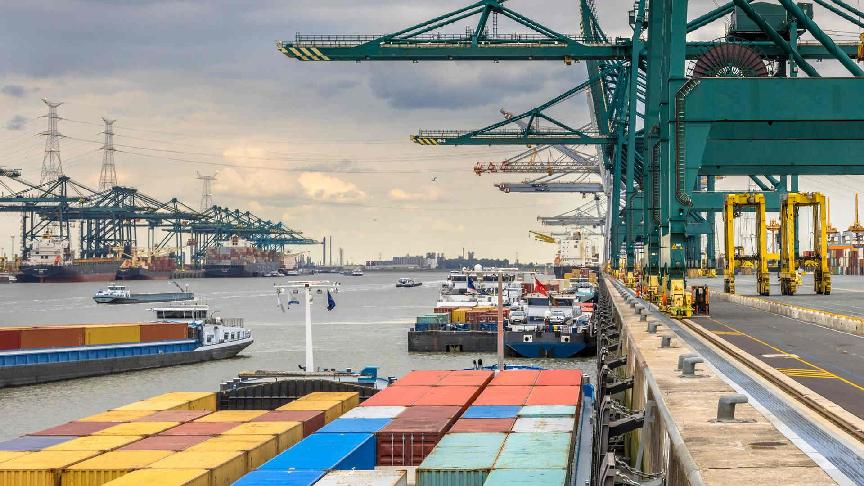2023 is likely to see older ships sent for demolition
More than 500 scrapped ships ended up on beaches in Bangladesh, India and Pakistan in 2021

A large number of new container ships are expected to enter the market in the next two years adding about 2.5m TEU to the current capacity. In fact, carriers’ orderbooks show that the newbuilds could amount to almost 30% of the existing fleet.
Together with the drop in demand and the new environmental regulations that might render a good number of ships incompliant with the new carbon emission requirements, ship owners are likely to consider recycling or scrapping some of their older vessels.
Wan Hai Lines of Taiwan has started taking steps towards this end. The eleventh-largest container carrier in the world recently announced sending 10 container ships for demolition sale. At the same time, Wan Hai has about 39 boxship under construction at shipyards.
Hapag-Lloyd is also considering the option of scrapping part of its fleet. Hapag-Lloyd’s Chief Executive Rolf Habben Jansen told Lloyd’s List recently, “we have identified a double-digit number of ships coming up for potential demolition.”
Industry experts believe the ships that are more likely to be scrapped are smaller older ships that are hard to retrofit to comply with the new carbon-emissions regulations. The global fleet has more than 1000 ships that are older than 20 years, according to statistics.
Most of the latest generation container ships are equipped with technologies that make them more efficient than much of the older fleet, and many of them are alternative-fuel-ready.
But where is the final resting place of these ships?
The vast majority of the world's end-of-life fleet, full of toxic substances, is simply broken down - by hand - on the beaches of South Asia, according to NGO Shipbreaking Platform (NSP).
In 2021, over 760 vessels and offshore units were sold for scrapping. More than 500 of them ended up on beaches in Bangladesh, India and Pakistan. The carcass of these ships can be seen along the shorelines of three cities in particular: Alang, Gadani and Chittagong.
The process of scrapping a ship is a dangerous one that produces toxic fumes usually resulting from the destruction of large amounts of heavy metals. Many of the workers employed to do this work ignore basic safety precautions and, in some cases, children are exploited to work in these environments.
To tackle this issue, the EU defined a list of approved yards that comply with EU shipbreaking requirements. Globally, the Hong Kong Convention was created to push for environment-friendly ship-scrapping around the world.
However, regulations are not enough to handle this issue. Shipping organizations believe there is a need for more shipbreaking yards approved by the EU.
“The good news is that the technology to break ships on stable and contained platforms is ready and waiting,” writes NSP, but experts claim that it might require carriers to pay a little extra to send their ships to approved yards.
Sources: Shipping Watch, Container News, G-Captain, Chemistry World, Lloyd’s List, NGO Shipbreaking Platform
Related articles

Sea newsVietnam's trade records improvement in November, but figures show overall slips for 2023

Sea newsPort updates from around the world (7 - 13 December)

Sea newsUpdate: Container handling at MPET, Antwerp, disrupted due to strike

Sea newsWorld Shipping Council calls on IMO to reward first movers with pooling mechanism

Sea newsMaersk to launch first large methanol boxship on Asia-Europe trade

Sea newsHigh water levels at the Rhine could impact shipping as of next week
